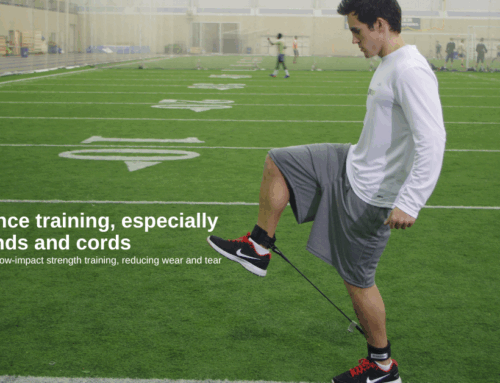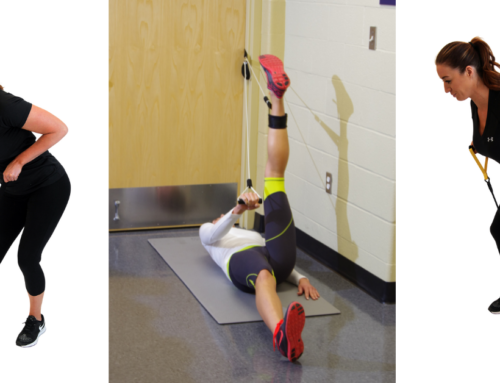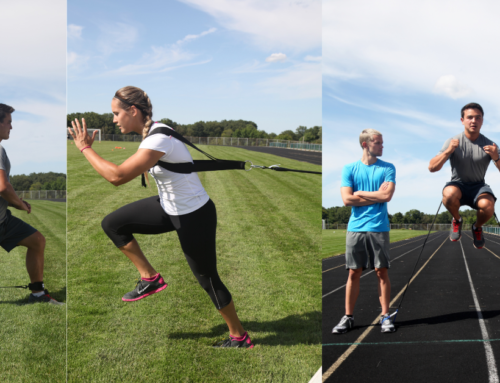Getting in shape can take time, but getting out of shape can happen much faster than you might expect.
When you put in long hours training and exercising, you might notice improvements in weight, strength or overall fitness level. But what happens when you stop working out? Maybe taking a vacation restricts your workout, or an injury requires you to adjust your plans. Maybe you simply have decided to take some time off. Here’s a closer look at how quickly we lose our fitness level without continuous exercise.
How to Get in Shape
Understanding how to get in shape is the first part of understanding how to fall out of shape. Usually, fitness is broken into a few categories — strength, cardiovascular fitness and endurance. Increases or gains in any area of fitness occur when the body increases its capabilities. Repeatedly challenging the body through tougher workouts or increased resistance eventually requires your body to adapt, making these tasks easier, and your level of fitness higher. Being in shape, being fit, or at peak fitness means different things to different people, based on a variety of things including goals, age and gender.
Cardiovascular Fitness
Aerobic and cardiovascular fitness can be measured through endurance, but also through VO2 Max. VO2 max is important in understanding how much oxygen your body can take in when exercising, but also in understanding how much oxygen it can absorb. Increasing your VO2 max generally equals an increase in fitness levels, however it is also something that can decline with age no matter your training program.
Cardiovascular fitness can begin to decline within 7-14 days, with a 10% decrease in VO2 max during the first 4 weeks after stopping training. With high performing athletes (think marathon runners, tri-athletes, etc), cardiovascular health can take a sharp decrease in those first 4 weeks, but it will eventually stabilize. It’s likely that even after those 4 weeks, a top athlete will maintain an above average VO2 level. For the average person, that same sharp decline still exists, but their VO2 level can fall to pre-training levels within 8 weeks.
Strength Training
Declining muscular ability can happen at a slower rate compared to cardiovascular health, with decreases shown after 12 or more weeks of ending training. Challenging muscles is important in building strength and muscle fiber. When stopping a workout program, you are no longer challenging the muscles, causing the number of muscle fibers to decrease.
While getting in shape can be challenging, the rate of decline can be all too fast. It may start with a decrease in cardiovascular health in only a week or two, but you won’t actually feel the effects for 2-3 weeks. Your strength may hold out a little bit longer, with noticeable effects starting in the 6-10 week range.
Even if regular training is not an option due to time, scheduling, injury or otherwise, some sort of exercise can slow the decline of fitness levels. For swimmers, that can mean dryland training with resistance products that are portable and lightweight. If you’re working through rehabilitation, a doctor might suggest light activity with minimal resistance to maintain range of motion and work limited muscle groups. No matter your plan going forward, the catalog of NZ Manufacturing products can help you reach, maintain, or limit decline of your fitness levels.





